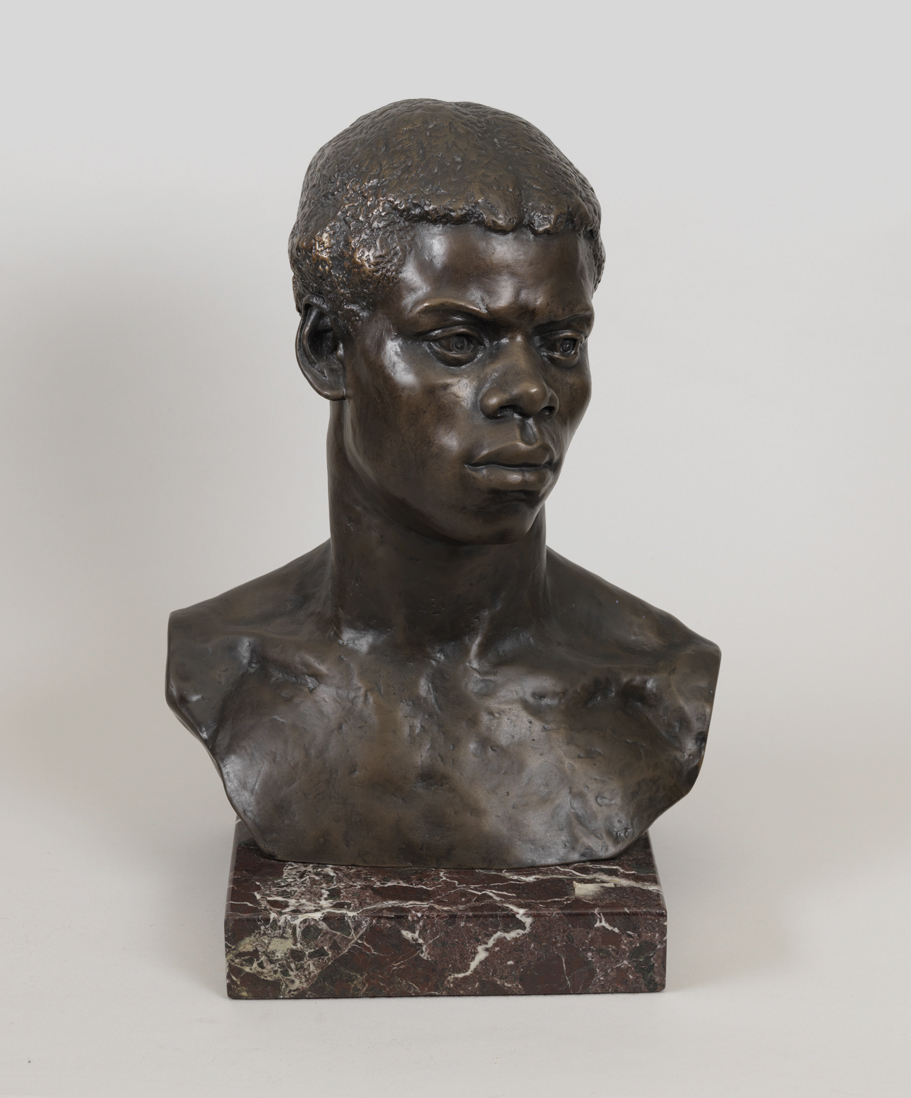Early Modern Era
Following the Great Migration and the Harlem Renaissance, there was a prominence of black artists and art in the US. This led to art discussing racism and the trauma experienced by black people over the previous centuries.
One of these artists was Aaron Douglas who painted Judgement Day in 1939. In this painting the archangel Gabriel summons the living and the dead to judgement. In this painting, Douglas exaggerates stereotypically black facial features in the angel. This creates a narrative where that opposes the white christian view and is very powerful. This painting is the final in a series by Douglas to accompany God’s Trombones: Seven Negro Sermons in Verse by James Weldon Johnson. This painting also accompanied sermons by radical black religious figures.

In this painting you can see the influence of surrealism. Surrealism is about portraying art in a dreamlike fashion. In this painting the abstract nature combined with the overly exaggerated geometric elements gives it a very dream like feeling. The use of light in this painting is also particularly interesting, with the sun the brightest thing present, but ray from the sun only being distinguished from the lightening by its shape. This is my favorite of the pieces in this post. I like the whimsical shapes that are so contrasted with the heavy subject matter and obvious fear of the people cowering that they become sharp rather than fun.
A second religious painting of the time is Flight Into Egypt, 1923 by Henry Ossawa Tanner. This piece depicts the Holy Family's escape from King Herod's assassins, and was a very personal piece for Tanner. Tanner is from the US, but moved to Paris to escape the systematic racism he was experiencing in America.
In this painting the use of light is very prevalent. The light coming from the lamp lights the way for the family, but you can see the darkness behind them. You can also tell the lamp is the only source of light given the prevalence of their shadows and the shadows angle. The line work of the painting also creates the depth of the arch behind them. The blending and texture of the painting are also characteristic of oil paintings. You can feel the fear in this painting from how the figures are huddled to the side making themselves as small as possible, but aesthetically it isn't my favorite.
May Howard Jackson was a sculptor who portrayed the beauty of black people, and who especially liked to focus on the white traits present in black people as a result of slavery. Not surprisingly this made lots of people angry, but Jackson is regarded as one of the best American sculptors.

The presence of realism is obvious in this piece, the detail creates a very realistic face. The lines in this sculpture are very hard. The boy has very chiseled jaw line and cheek bones. In addition there are slight layers in the eye, creating a very real looking eye and a depth to the boy's gaze. To me this piece doesn't necessarily create an emotional response, but I am in awe of the artists feel for the human form and her skill.
References:
American, H. O. T. (1970, January 1). Henry Ossawa Tanner: Flight into Egypt: American. The Metropolitan Museum of Art. https://www.metmuseum.org/art/collection/search/16947
The judgment day. Art Object Page. (n.d.). https://www.nga.gov/collection/art-object-page.166490.html
Vagalumehome. (2015, September 21). May Howard Jackson (1877-1931). vagalumehome. https://vagalumehome.wordpress.com/2015/09/21/may-howard-jackson-1877-1931/
Comments
Post a Comment